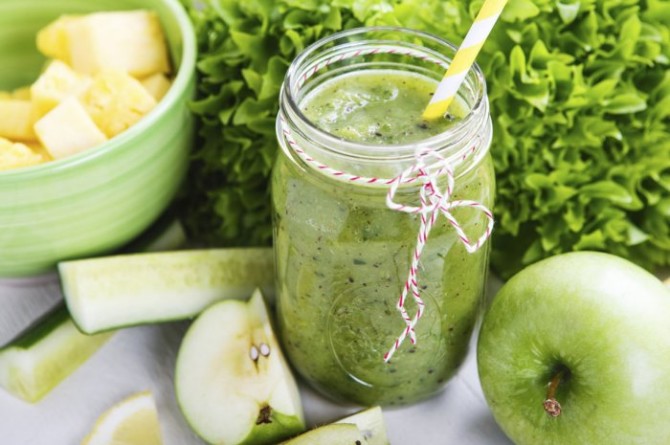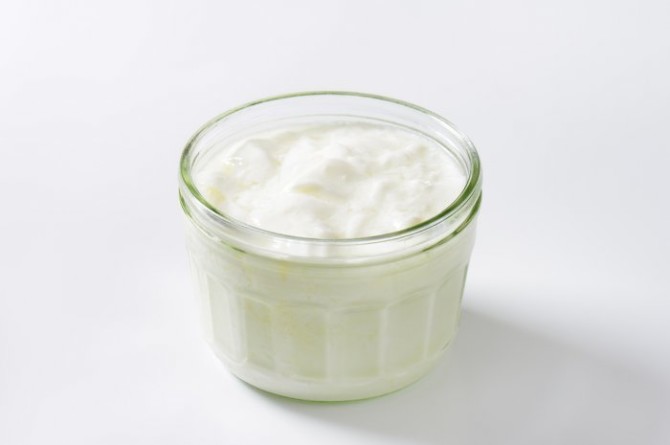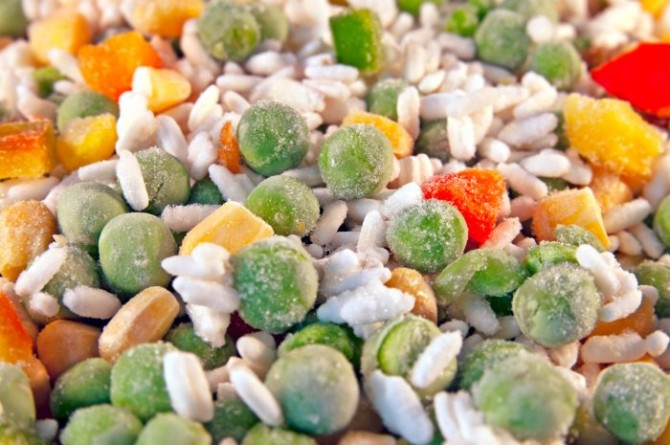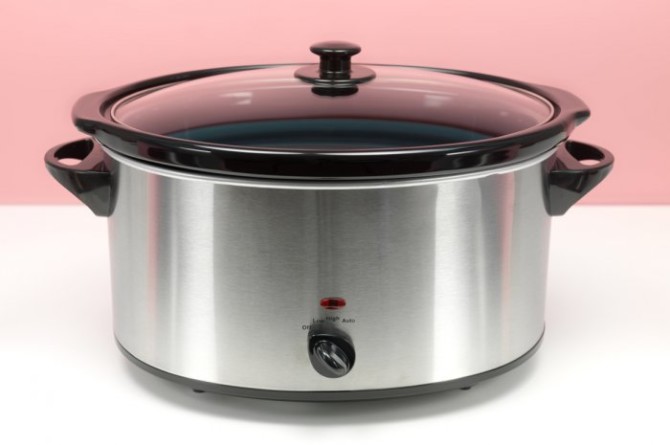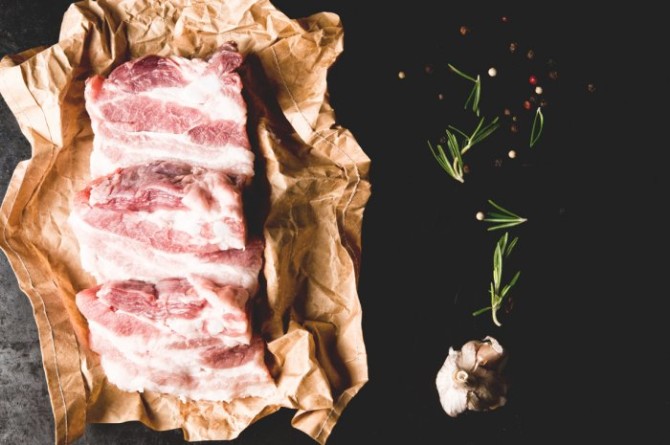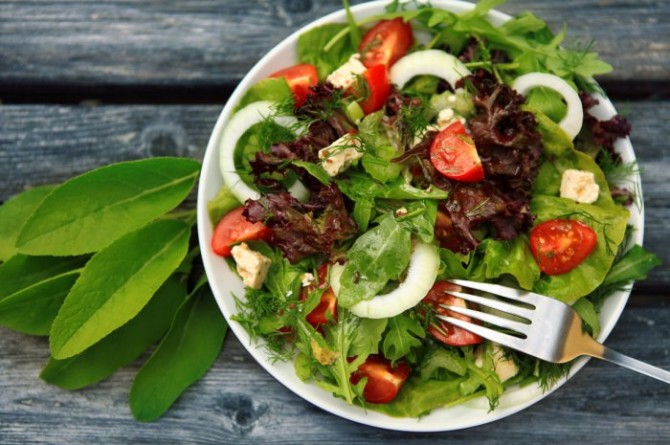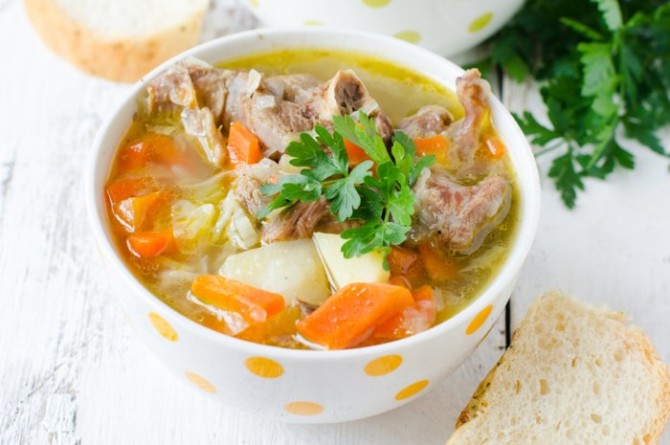Fruits, vegetables, and healthy snacks (such undefined snacks we’ll just define as something that’s protein-rich or loaded with healthy fatty acids) all make an appearance in the following list of ways to make your work lunch more nutritionally sound. We have no idea what pairing bread with potatoes has to do with anything, but we do know that eating only potatoes for a year isn’t healthy. Oh, and we also think that natural peanut butter is pretty darn healthy, so ignore that part of the “program” too.
We reached out to a couple of our favorite dietary experts, Kristina LaRue and Dr. Michael Fenster, for their advice on making work lunches healthier. Kristina LaRue, RD, CSSD, spoke to us behalf of the National Frozen and Refrigerated Foods Association (NFRA).
Dr. Michael S. Fenster, MD, FACC, FSCA&I, PEMBA, a faculty member at The University of Montana College of Health Professions and Biomedical Sciences, suggests incorporating organic foods into your work lunch in order to make it as healthy as possible.
“If you’re willing to spend $14.95 for two ounces of a single growth, free trade, imported latte,” says Dr. Fenster, “then you should be able to dig deep into your pockets and cough it up for The Big ‘O’ at lunch time. I am, of course, referring to organics. Data continues to accumulate, and two recent studies highlight the nutritional benefits of simply substituting an organic option for the industrial mainstay.”
Dr. Fenster provides three easy organic lunchtime substitutions to the following list, and he also explains why they work. Along with Kristina LaRue’s tips, we’ve compiled the ultimate lunch health guide.
Add a Vegetable
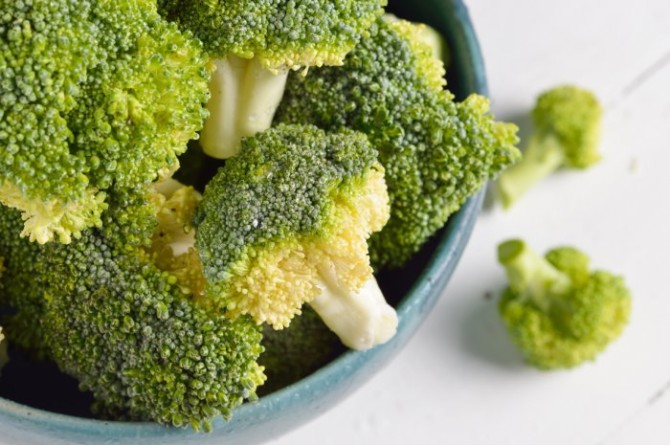
Photo courtesy of thedailymeal.com


